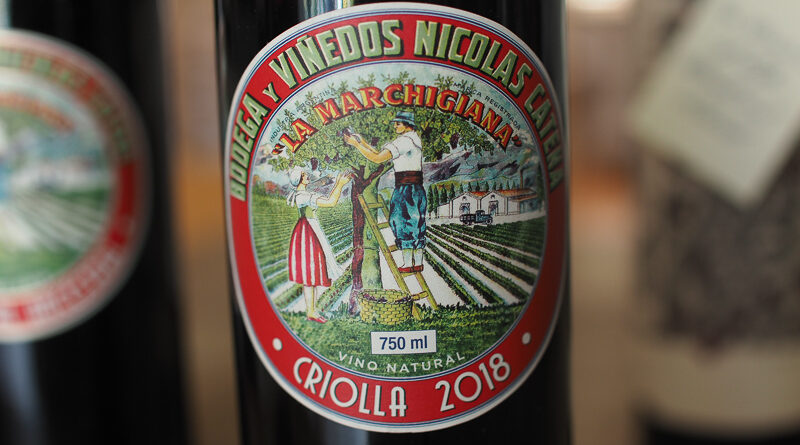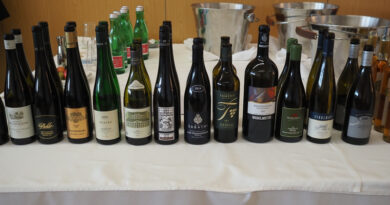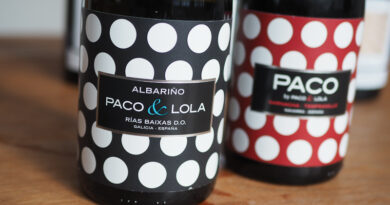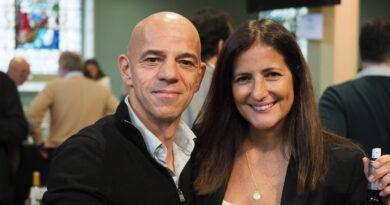Catena explore the natural side: making the most of Argentina’s historic Criolla Chica variety
Catena is one of Argentina’s best-known producers, making a range of wines at varying price points, including some very impressive high-end efforts. But it isn’t a name that you’d associate with natural wine. For the last few years, though, this is a direction they have made their first tentative steps in. Over a zoom call, I asked Laura Catena about the new ‘natural’ wines that they are making. How did this natural project come about?
‘We started with the natural wines five years ago, and a lot of it had to do with this meeting I had with Alice Feiring,’ says Catena, who felt a little apprehensive in advance. ‘Someone said to me that I shouldn’t meet Alice because if you don’t make only natural wines she’s going to be really mean to you, and she’ll probably write something horrible.’
Catena went to a meeting of a womens’ club in New York that Feiring was also attending. ‘It turns out that my boss at the hospital I worked at for 20 years is her cousin.’ And through this coincidence, they got talking, and became friends. ‘I said, Alice, I want to learn about these natural wines because they sound so interesting. She invited me to her house and we did a natural wine tasting. I read her books.’
So Catena spoke to her chief winemaker Alejandro Vigil, and they began experimenting with different varieties, vinifying without sulfur dioxide. They purchased some tinajas (terracotta amphorae) from Spain. ‘We did some historical research,’ she says. ‘In Argentina, starting in the 17th century, we were making wine in tinajas. In Mendoza there is a museum with hundreds of tinajas. My father says that his grandfather would make wine in tinajas.’
Catena decided to explore this, and Vigil was extremely excited about the prospect. I want to make natural wines too, he said to her. They bought some tinajas from Spain: there was a producer in the north of Argentina, but they were concerned about heavy metals in the clay. They tried these tinajas with a number of varieties.
They worked on Criolla, Bonarda, Malbec and Chardonnay. ‘It was if the Criolla was made to be made naturally,’ says Catena. ‘If you make Criolla the normal way, it’s basically this wine that doesn’t last very long. In a couple of months the aromas are gone and it is very oxidised. When we made it with no added sulfites, the crazy thing is it gets slightly oxidized but it goes into this much more interesting pathway. It lasts a lot longer. We have Criolla from 2014 that is still tasting pretty good.’
The vineyards for the Criolla are all in the east of Mendoza. There is a lot of Bonarda there, too. Elevation is around 700 m, and the soils are clay and loam: they aren’t rocky like the Uco Valley. ‘This area gets farmed organically, and this is partly because the growers don’t have money to apply anything to the vineyards,’ says Catena. There is a lot of wild vegetation between the vineyards, too. ‘This area is at huge risk of being pulled out. A lot of the vineyards here are getting old and people are not replanting, because a lot of the production has moved to the Uco Valley, which has become the primary region with Luján de Cuyo. Luján de Cuyo still has a lot of land used for houses, so the Uco Valley is where everyone is planting.’
‘This area is Criolla country,’ says Catena. ‘My hope is that with the natural wines, we can help revive this whole region.’
‘For me, the natural wine movement is really bringing back kinds of flavours and aromatics that are a little different,’ says Catena. ‘The wines have characteristics that are to do with oxidation and all kinds of chemistry. It is bringing back something from the past. We humans love reading old books and going to museums. We are obsessed with the past, and the future. Wine can provide that connection to the past and to the future. We should not be dogmatic.’
Catena have been making natural wines for three years in a row, beginning with 500 cases (9 litres), and now up to 3000 cases.
Catena Finca Los Paraísos El Mirador Criolla Chica 2019 Mendoza, Argentina
This is from 635 m altitude, and loamy sandy soils. It spends 21 days on skins in clay. It’s 13.4% alcohol and pH 3.28, and there are no added sulfites (total SO2 is 20 ppm, made by the yeasts). Supple and fresh with lovely red cherry fruit and floral aromatics, with hints of earth and clay, and lovely juicy red fruits. This is quite refined, with lovely fine red fruits. Very stylish. 93/100
Notes on the earlier wines
Catena La Marchigiana Criolla Chica 2018 Mendoza, Argentina
No added sulphites. Pale-coloured, supple and bright with fresh red cherry fruit. Simple but nicely textured with juicy fruitiness and nice weight. Supple red fruits to the fore. 91/100
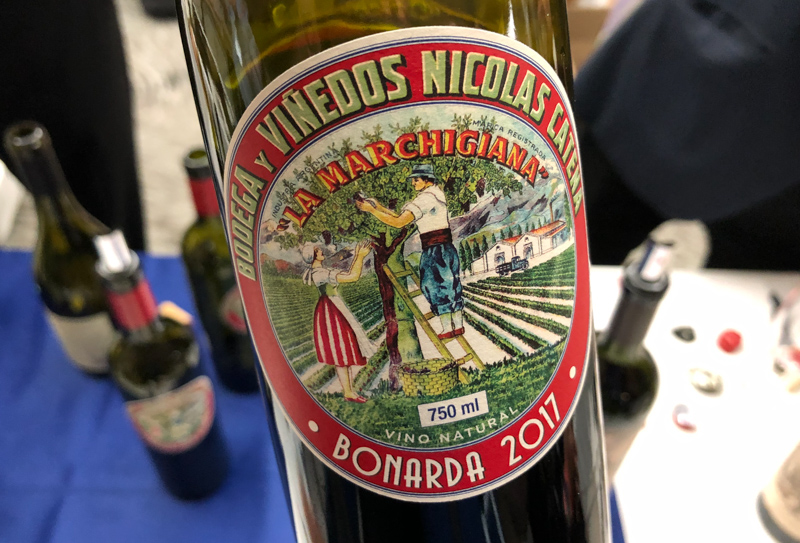
Catena La Marchigiana Bonarda 2017 Mendoza, Argentina
No added sulphites. Sweet and ripe with slight oxidative hints on the nose. There’s a bit of prune, and some sweet cherries and plums, as well as some blackberry depth. Bold and rich with nice fruit sweetness. 89/100
Find these wines with wine-searcher.com

